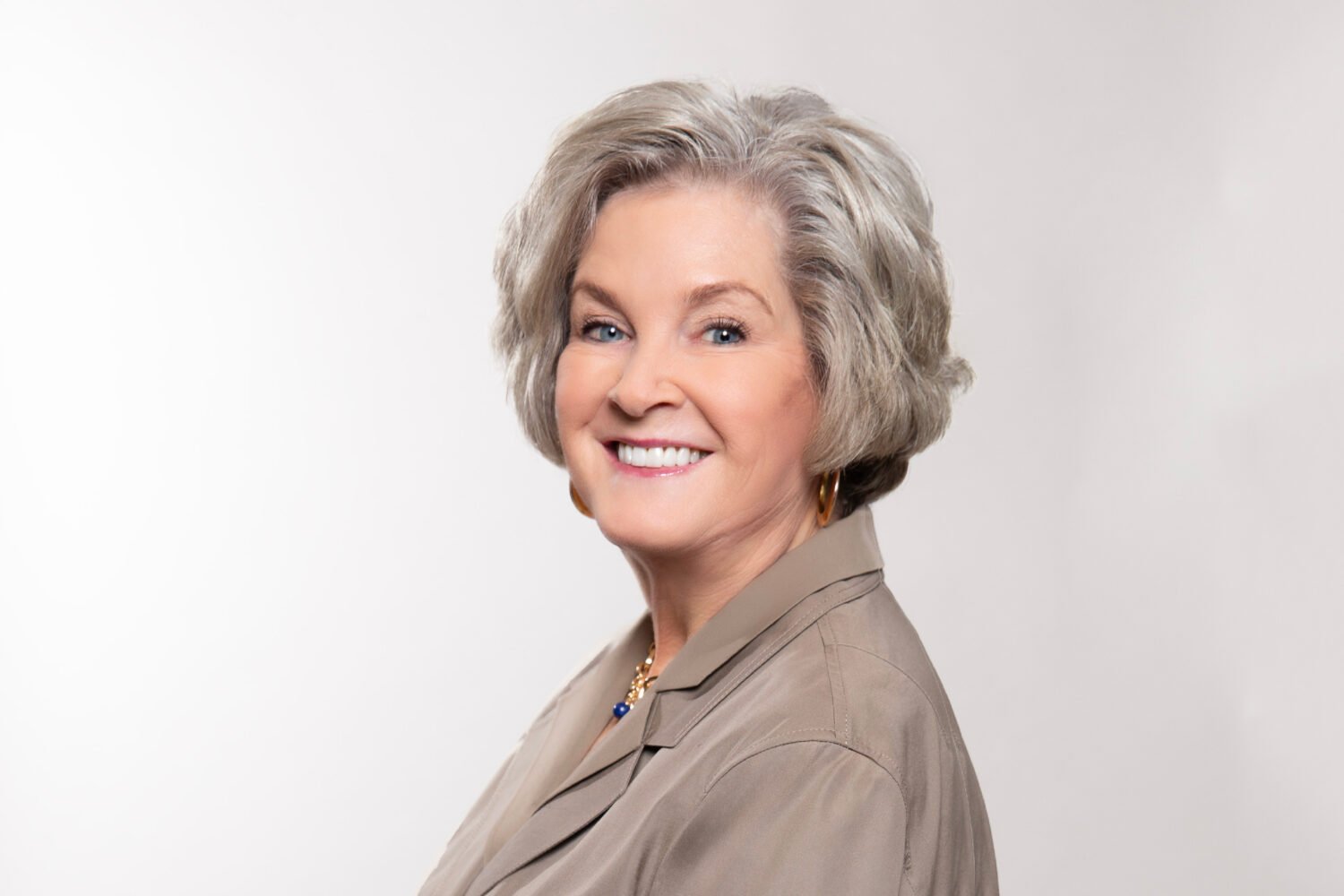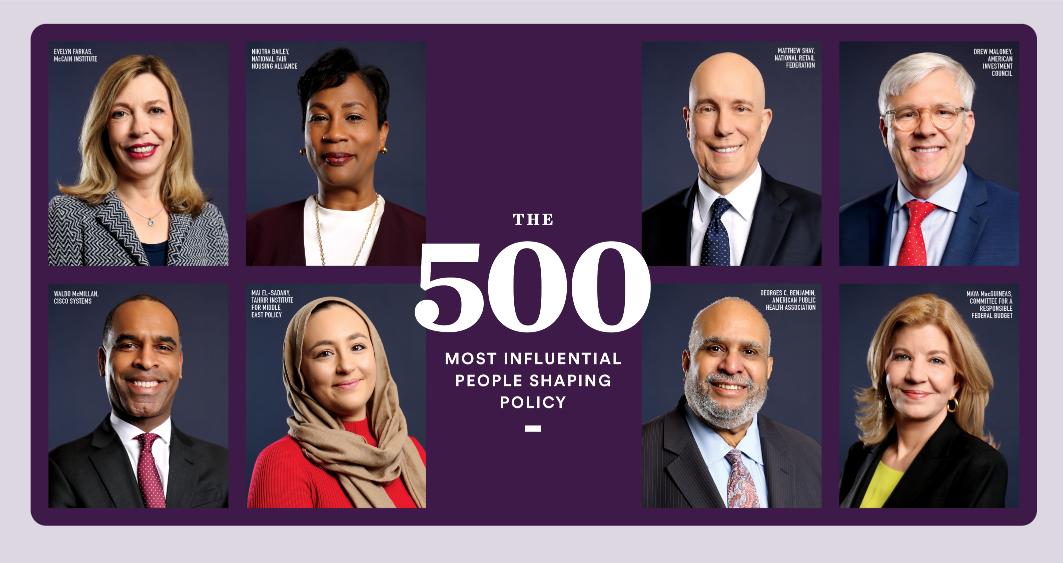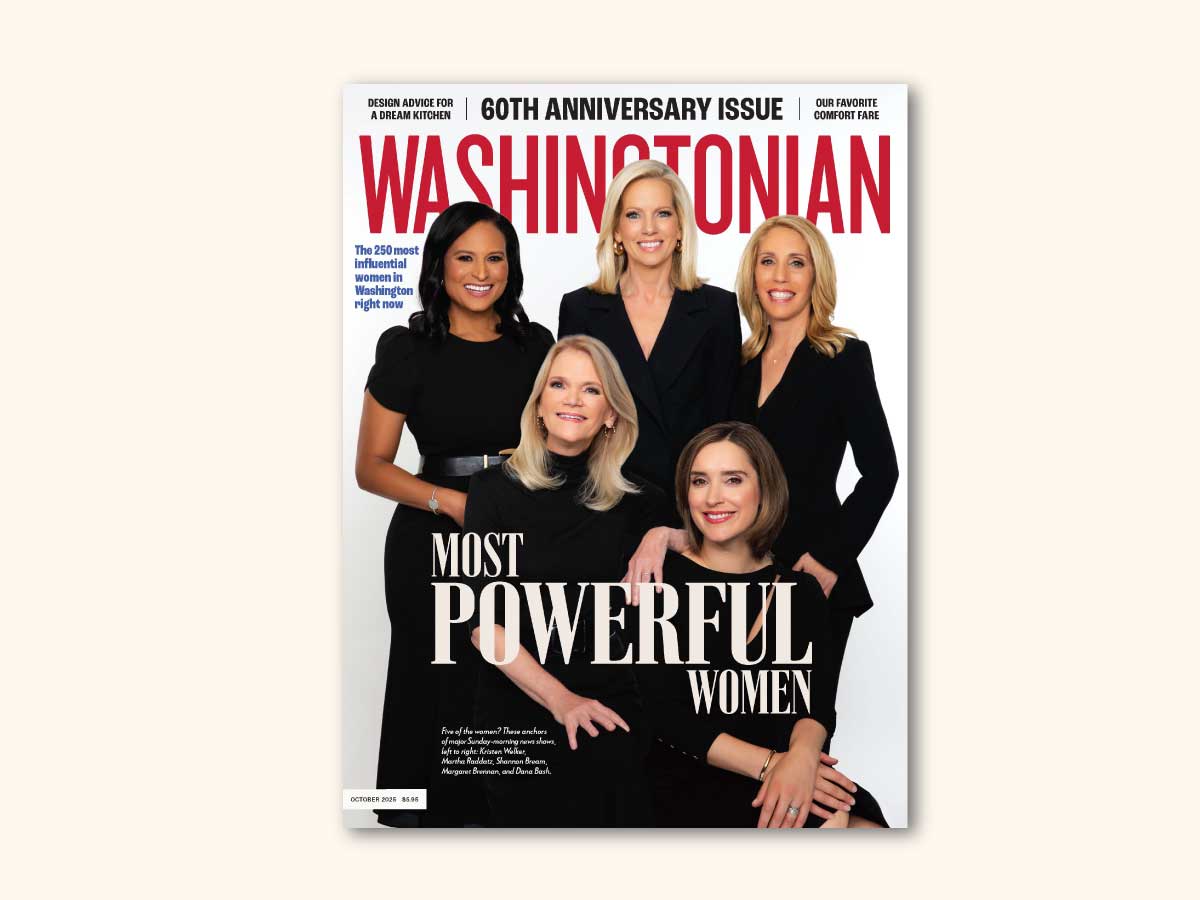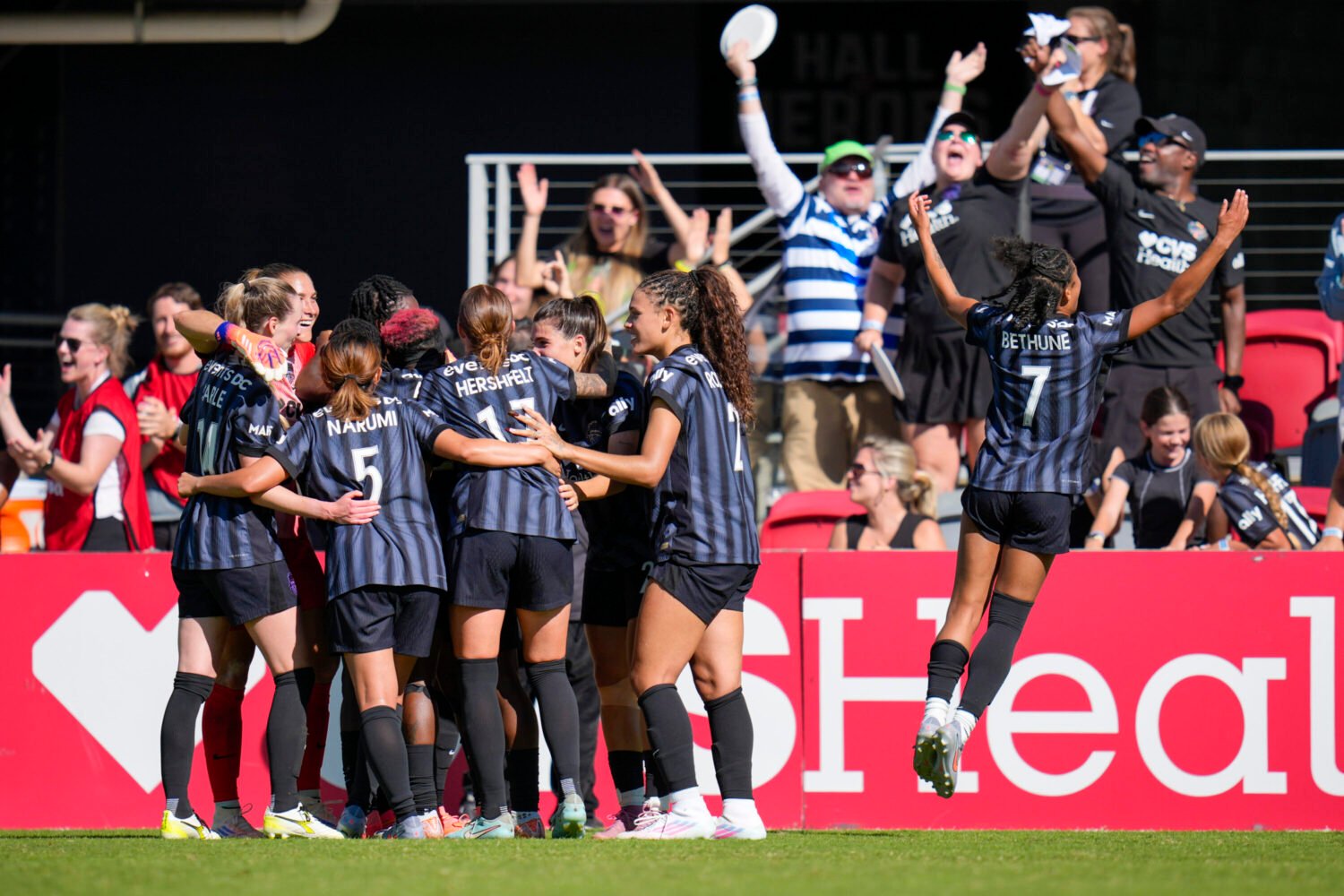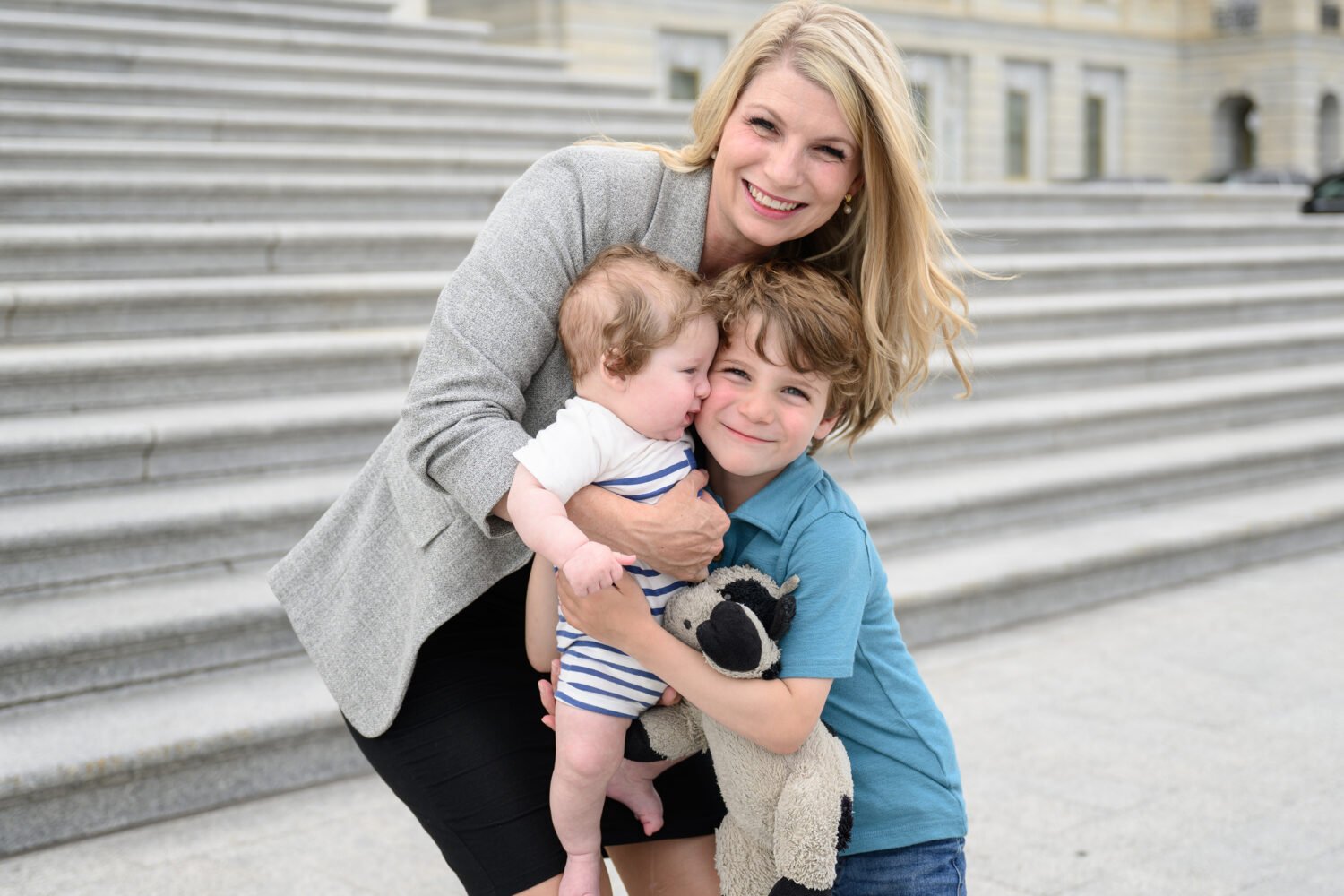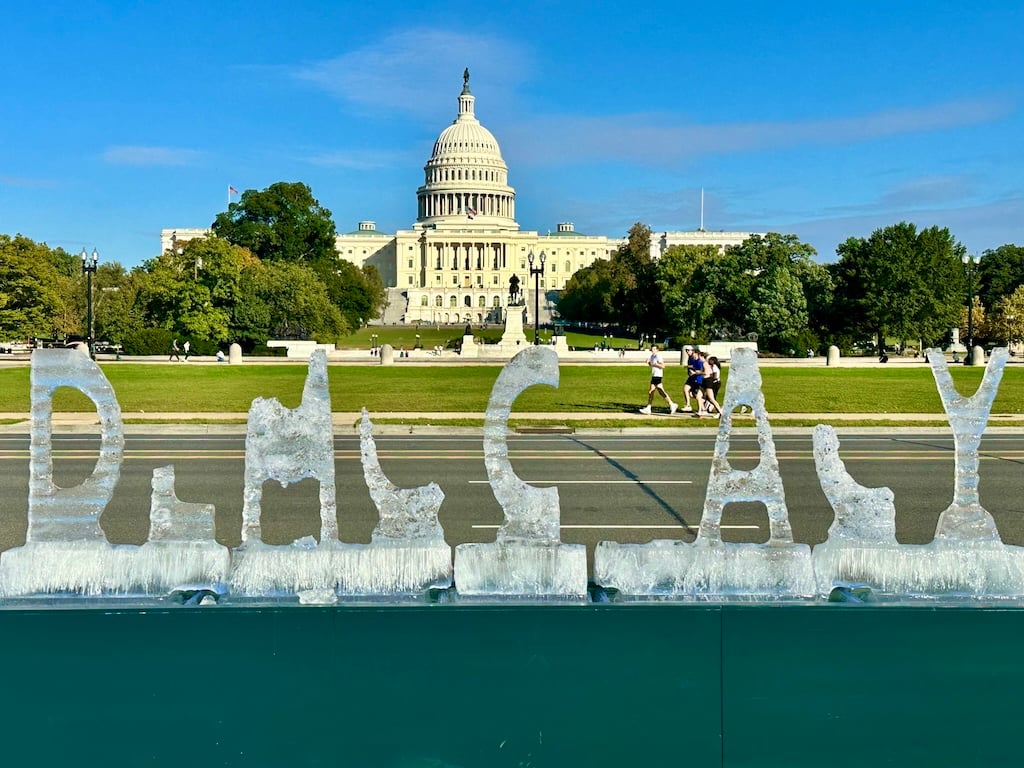Email-loving Washingtonians began to wake up to a slightly emptier inbox this week. The Capital Weather Gang’s daily forecast newsletter, which the Washington Post has been sending out for more than a decade, was gone like a scattered afternoon storm. So was the 7 DMV, a bullet-pointed, abbreviated summary of big stories in the region that launched in 2022. And in a break with practice going back to 2012, the Afternoon Buzz email, which shares links to local and local-ish articles, is gone too.
They’ve all been replaced by Post Local, a new morning email that includes an abbreviated Capital Weather Gang forecast, quite a few links to local stories, dining and events ideas, referrals to some of the Post‘s online games, pointers to a few local sports articles, and a photos sent in by readers—so far, we’ve seen the Milky Way over Gore, Virginia, and the rotunda of the Smithsonian National Museum of Natural History during an all-night event.
Post Local, which is assembled by Metro breaking news editor Alisa Tang, was born out of the desire to channel the resources previously divided among three newsletters, says Jamie Stockwell, who has overseen local coverage since she came to the Post from Axios in late January. But also, she says, it’s a matter of forging closer ties with readers. “Our numbers were good,” Stockwell says, “but we weren’t having enough of an intimate conversation with readers.” (The Post declined to tell Washingtonian how many people its local newsletters reached; its media kit for advertisers claims it has more than ten million subscribers to more than 50 newsletters.)
Part of that conversation involves showing off the breadth of local coverage, Stockwell says, highlighting food and sports coverage, for instance, as well as the latest on the chronically postponed Anacostia River swim. “This is to demonstrate everything we have to offer,” she says.
As opposed to the products it’s replacing, Post Local is more of a curation product than a standalone piece of editorial. That’s on purpose, Stockwell says: The idea is to invite readers, particularly non-subscribers, to spend less time in Gmail and more time on the Post’s website. Once there, the Post‘s digital elves (I presume that’s how these things work) will take note of what else they read and use those cues to try to convert them to subscribers, an important function for a company that’s had a rough time of it, financially and otherwise, of late.
Post Local is a warmup act for an as-yet-unnamed newsletter that will be part of Post leadership’s idea for “Local+”—a “new offering for readers who want to pay extra for premium local content,” as Axios reported last month. That product is still in the planning stages, Stockwell says, but she intends it to be “personality-driven and include deeper original reporting, behind-the-scenes at how we report, etc.” Will Local+ in fact require readers to pay more? A Post spokesperson says, “We look forward to future announcements about Local+ and will keep close as we have more to share.”
Change is rarely popular, especially when it comes to news consumption habits. The death of the Capital Weather Gang newsletter was met with howls among some of its fans, and the weather collective even posted on Twitter that it wasn’t going anywhere, something Stockwell confirms.
The whole idea, Stockwell says, is to make local news “a really fixed daily habit,” she says. “That’s my reason for being here.”





